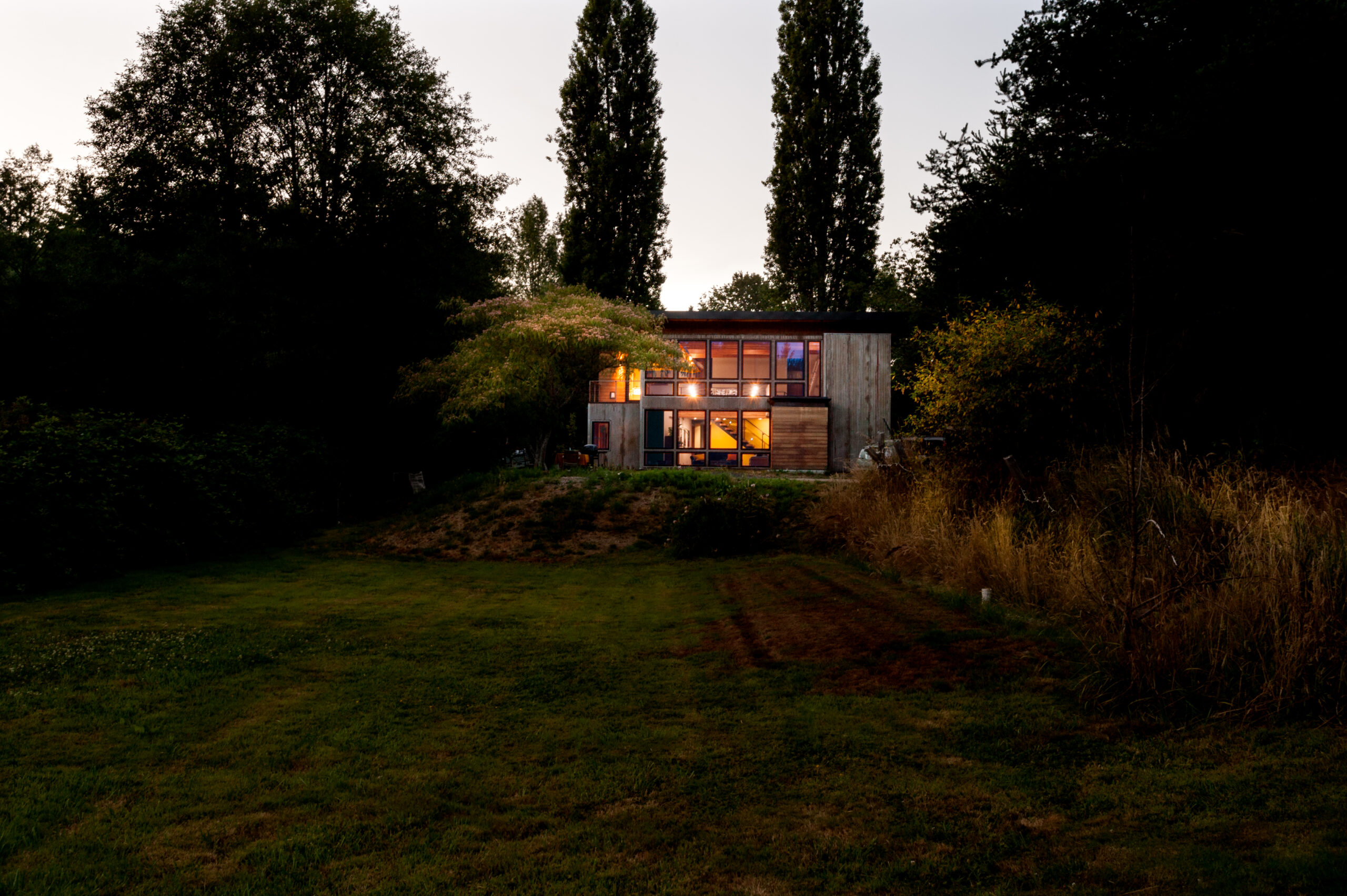The Powerful Role of Passive Design in Seattle Residential Architecture
In the ever-evolving world of sustainable housing, passive design has emerged as one of the most effective strategies for reducing energy use and increasing comfort in homes. For anyone planning to build or renovate a home, especially in the Pacific Northwest, working with a Seattle residential architect who specializes in passive design can be a game-changer.
Let’s explore how passive design works, why it’s especially relevant in Seattle, and what specific techniques architects are using today to build smarter, greener homes.
What Is Passive Design?
Passive design refers to a building approach that uses the natural climate to maintain comfortable temperatures in a home year-round. Unlike “active” systems that require mechanical heating or cooling, passive strategies harness sunlight, airflow, and insulation to regulate indoor conditions with minimal energy input.
At its core, passive design focuses on:
- Maximizing solar gain in colder months
- Minimizing heat gain during warmer seasons
- Using thermal mass and insulation to stabilize indoor temperatures
- Enhancing ventilation for healthier air quality
Why Passive Design Matters in Seattle
Seattle’s unique marine west coast climate—characterized by cool, wet winters and mild, dry summers—makes it an ideal candidate for passive design strategies. The city receives plenty of cloud cover, but also enough sunlight, especially in the spring and summer, to take advantage of solar orientation techniques.
Seattle’s Marine Climate: A Design Opportunity
Because Seattle homes don’t face extreme heat or deep-freeze winters, it’s easier to optimize indoor comfort naturally. Rain and humidity can be controlled with airtight construction, while south-facing windows can provide ample light and warmth.
Passive design is particularly helpful in managing Seattle’s high heating demands during winter months while keeping homes cool and breezy in the summer.
The Core Benefits of Passive Residential Architecture
Partnering with a Seattle residential architect who understands passive principles offers numerous long-term advantages:
Energy Efficiency and Reduced Utility Bills
Homes that rely on passive design need significantly less heating and cooling, slashing energy bills by up to 70% over time. That translates into major savings—especially with rising utility rates.
Enhanced Comfort Year-Round
By stabilizing indoor temperatures, passive homes are more comfortable, quieter, and resilient to power outages. You won’t feel cold drafts in the winter or stuffy heat in the summer.
7 Passive Design Strategies Seattle Residential Architects Use
Let’s dive into the specific strategies that top Seattle architects implement when designing passive homes:
1. Orientation and Solar Access
Designing homes to face the sun—particularly with large south-facing windows—maximizes solar heating in winter. Roof angles and window sizing are calculated based on Seattle’s latitude to ensure optimal sun exposure.
2. Strategic Window Placement
Windows aren’t just for views—they help control light, air, and temperature. Architects strategically place windows to encourage cross-ventilation, reduce overheating, and brighten interiors naturally.
3. Super-Insulated Building Envelopes
Adding high-performance insulation to walls, roofs, and floors helps prevent energy loss. This creates a thermal blanket around the home, reducing the need for mechanical heating.
4. Airtight Construction
Airtight homes seal out moisture and drafts, protecting indoor air quality and energy efficiency. Seattle architects use advanced tapes, membranes, and blower-door tests to ensure tight construction.
5. Thermal Massing
Materials like concrete, brick, and tile absorb and store heat during the day and release it at night. This thermal buffering keeps indoor temperatures consistent even as outdoor weather changes.
6. Shading and Overhangs
Architects design roof overhangs and include shading devices to block summer sun while still allowing winter light to enter. Landscaping (like deciduous trees) is often used for passive shading as well.
7. Natural Ventilation and Air Flow
Homes are designed with stack effect ventilation in mind, using cool night air to flush out heat during warmer months. Operable windows, vented skylights, and breezeways are common features.
Passive House Standard vs. Passive Design
You might have heard of the Passive House certification—an international building standard. While both share the same core principles, Passive House involves rigorous testing and criteria, whereas general passive design offers greater flexibility.
Cost and Complexity Differences
Achieving full Passive House certification in Seattle can be more expensive and complex. However, many residential architects apply the same strategies without formal certification—delivering 80–90% of the performance at a lower cost.
How a Seattle Residential Architect Customizes Passive Design
Every site in Seattle is different. A skilled residential architect will:
Site-Specific Solutions
- Analyze your lot orientation
- Consider shading from nearby buildings
- Factor in local wind patterns and tree coverage
Collaboration with Green Builders
Many Seattle architects work closely with green construction teams to ensure that design goals are executed properly, from insulation to window installation.
Success Stories: Passive Homes in Seattle
Queen Anne Sustainable Cottage
A tiny 900-square-foot home in Queen Anne achieved net-zero energy use by combining passive design with solar panels, super-insulation, and smart window placement.
Net-Zero Home in Ballard
This modern Ballard residence features airtight walls, triple-pane windows, and a heat recovery ventilation system—keeping the home 100% fossil fuel-free year-round.
Conclusion: The Future of Passive Residential Design in Seattle
As climate concerns grow and energy costs rise, passive design is no longer a luxury—it’s a necessity. By collaborating with a seasoned Seattle residential architect, you can create a beautiful, sustainable, and future-ready home that supports both the environment and your well-being.

